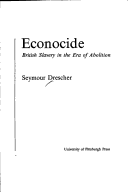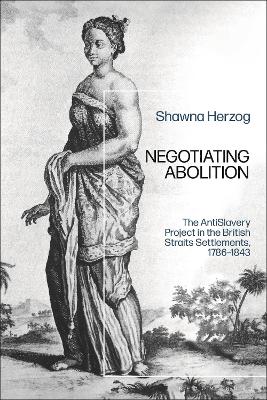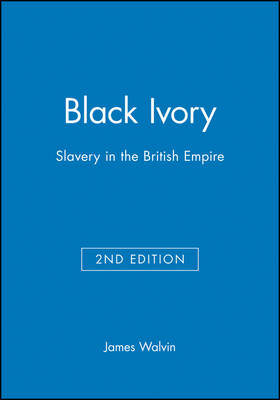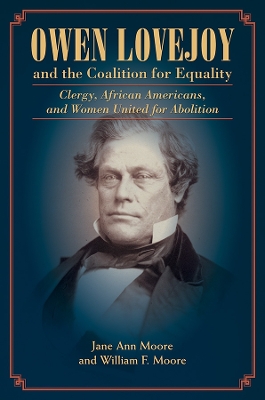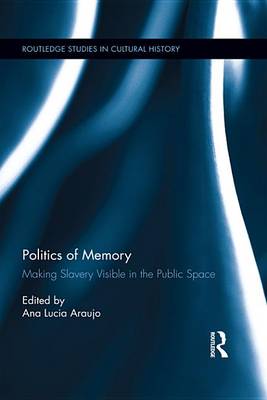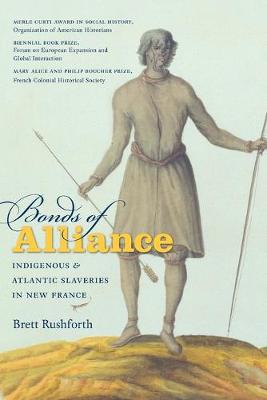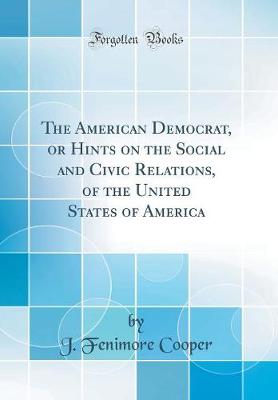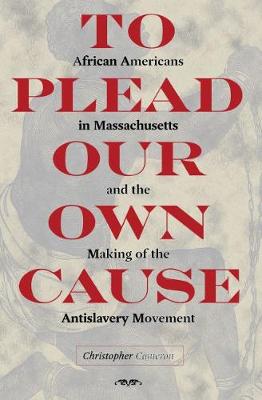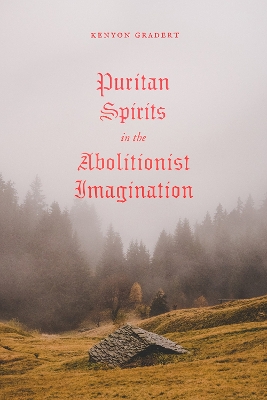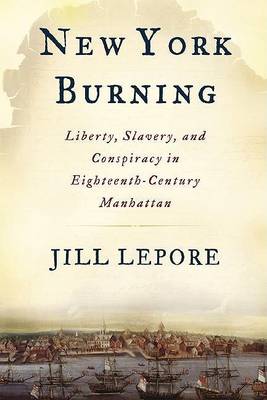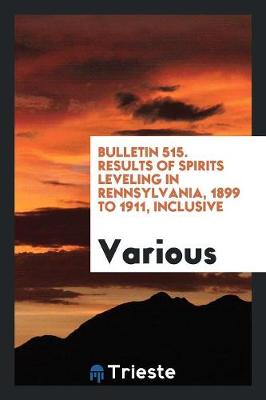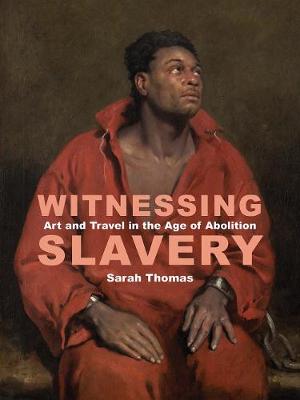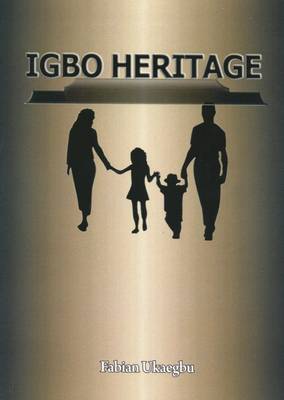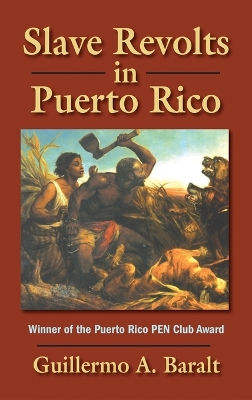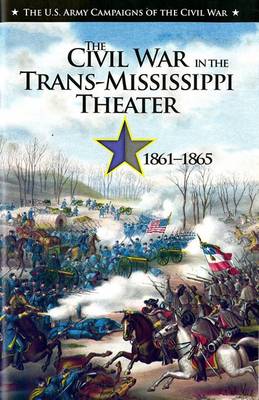In this classic analysis and refutation of Eric Williams's 1944 thesis, Seymour Drescher argues that Britain's abolition of the slave trade in 1807 resulted not from the diminishing value of slavery for Great Britain but instead from the British public's mobilization against the slave trade, which forced London to commit what Drescher terms econocide. This action, he argues, was detrimental to Britain's economic interests at a time when British slavery was actually at the height of its potential...
The Symbolic Language of Authority in the Carolingian World (c.751-877) (Brill's Series on the Early Middle Ages, #16)
by Ildar Garipzanov
This book is not a conventional political narrative of Carolingian history shaped by narrative sources, capitularies, and charter material. It is structured, instead, by numismatic, diplomatic, liturgical, and iconographic sources and deals with political signs, images, and fixed formulas in them as interconnected elements in a symbolic language that was used in the indirect negotiation and maintenance of Carolingian authority. Building on the comprehensive analysis of royal liturgy, intitulatur...
My Bondage and My Freedom (Original Classic Edition)
by Frederick Douglass
Negotiating Abolition: The Antislavery Project in the British Straits Settlements, 1786-1843 explores how sex and gender complicated the enforcement of colonial anti-slavery policies in the region, the challenges local officials faced in identifying slave populations, and how European reclassification of slave labor to systems of indenture or ‘free’ labor created a new illicit trade for women and girls to the Straits Settlements of Southeast Asia. Through a history of early-19th century slaver...
The Anti-Slavery Papers Of James Russell Lowell V2
by James Russell Lowell
The brutal story of African slavery in the British colonies of the West Indies and North America is told with clarity and compassion in this classic history. James Walvin explores the experiences which bound together slaves from diverse African backgrounds and explains how slavery transformed the tastes and economy of the Western world. Although written for readers with no prior knowledge of the subject, Walvins's account is based on detailed scholarship, drawing on a body of work from the USA,...
Owen Lovejoy and the Coalition for Equality
by Jane Moore and William Moore
Antislavery white clergy and their congregations. Radicalized abolitionist women. African Americans committed to ending slavery through constitutional political action. These diverse groups attributed their common vision of a nation free from slavery to strong political and religious values. Owen Lovejoy's gregarious personality, formidable oratorical talent, probing political analysis, and profound religious convictions made him the powerful leader the coalition needed. Owen Lovejoy and the Coa...
Politics of Memory: Making Slavery Visible in the Public Space (Routledge Studies in Cultural History)
In the seventeenth and eighteenth centuries, French colonists and their Native allies participated in a slave trade that spanned half of North America, carrying thousands of Native Americans into bondage in the Great Lakes, Canada, and the Caribbean. In Bonds of Alliance, Brett Rushforth reveals the dynamics of this system from its origins to the end of French colonial rule. Balancing a vast geographic and chronological scope with careful attention to the lives of enslaved individuals, this book...
The American Democrat, or Hints on the Social and Civic Relations, of the United States of America (Classic Reprint)
by J Fenimore Cooper
To Plead Our Own Cause (American Abolitionism and Antislavery)
by Christopher Cameron
The antislavery movement entered an important new phase when William Lloyd Garrison began publishing the Liberator in 1831-a phase marked by massive petition campaigns, the extraordinary mobilization of female activists, and the creation of organizations such as the American Anti-Slavery Society. While the period from 1831 to 1865 is known as the heyday of radical abolitionism, the work of Garrison's predecessors in Massachusetts was critical in laying the foundation for antebellum abolitionism....
De massa call me and tell me, "Woman, I's pay big money for you, and I's done dat 'cause I wants you to raise me chillum. I's put you to live with Rufus for dat purpose. Now, if you doesn't want whippin' at de stake, you do what I wants." I thinks 'bout Massa buyin' me off de block and savin' me from bein' separated from my folks, and 'bout bein' whipped at de stake. Dere it am. What am I to do? So asks Rose Williams of Bell County, Texas, whose long-ago forced cohabitation remains as bitter at...
Puritan Spirits in the Abolitionist Imagination (American Beginnings, 1500-1900 (CHUP)) (American Beginnings, 1500-1900)
by Kenyon Gradert
The Puritans of popular memory are dour figures, characterized by humorless toil at best and witch trials at worst. “Puritan” is an insult reserved for prudes, prigs, or oppressors. Antebellum American abolitionists, however, would be shocked to hear this. They fervently embraced the idea that Puritans were in fact pioneers of revolutionary dissent and invoked their name and ideas as part of their antislavery crusade. Puritan Spirits in the Abolitionist Imagination reveals how the leaders of th...
New York Burning
by Associate Professor of History and American Studies Jill Lepore
Bulletin 515. Results of Spirits Leveling in Rennsylvania, 1899 to 1911, Inclusive
by Various
A timely and original look at the role of the eyewitness account in the representation of slavery in British and European art Gathering together over 160 paintings, watercolors, drawings, and prints, this book offers an unprecedented examination of the shifting iconography of slavery in British and European art between 1760 and 1840. In addition to considering how the work of artists such as Agostino Brunias, James Hakewill, and Augustus Earle responded to abolitionist politics, Sarah Thomas e...
From the emergence of the first sugar plantations up until 1873, when slavery was abolished, the wealth amassed by many landowners in Puerto Rico derived mainly from the exploitation of slaves. But slavery generated its antithesis: disobedience, conspiracies, uprisings, and flight. ""Slave Revolts in Puerto Rico"" is a richly documented volume dealing with these expressions of collective resistance. The image of the docile and submissive slave presented by the prevailing historiography until ver...
U.S. Army Campaigns of the Civil War: The Civil War in the Trans-Mississippi Theater, 1861-1865
by Jeffery S Prushankin

